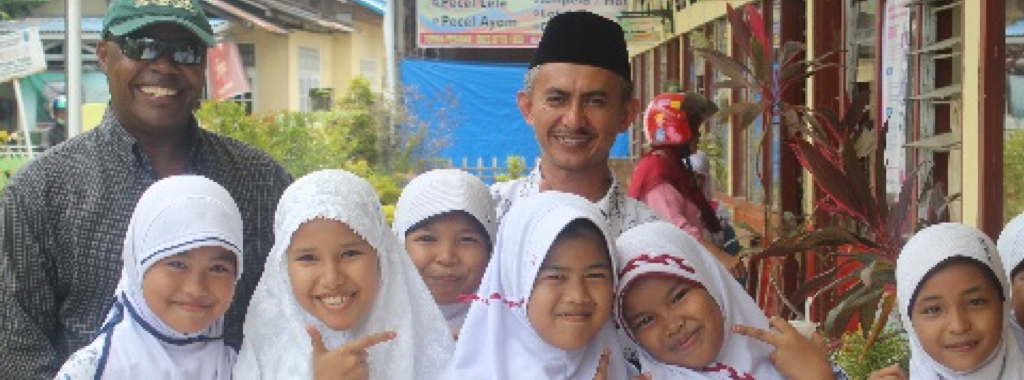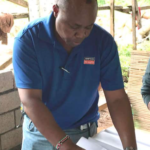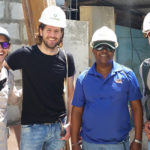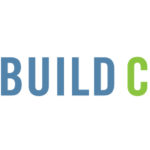This week’s post was written by James P. Mwangi, Ph.D., P.E., S.E. – our first annual Simpson Strong-Tie Engineering Excellence Fellow with Build Change.
Let me start by wishing everyone a happy holiday season.
My fellowship activities started in July 2017. I spent two weeks in New Jersey getting oriented to the Build Change organization and engineering activities around the world. I then spent two days in Pleasanton getting to meet the engineering team and getting updated on Simpson Strong-Tie products and the team leaders.
In August, I headed to my first assignment in Indonesia. My tasks were:
- Work with the Build Change technical team in Indonesia to review the school building design guidelines and make recommendations to the government on their adherence to the design codes.
- Prepare construction documents for a retrofit of a typical five-classroom school building.
- Visit school sites and select a school building that is a typical candidate for retrofitting whose retrofit scheme can be replicated at other school sites.
- Work with the Better Building Materials team to find out ways to make quality clay bricks economically.
- Provide mentorship (in capacity building) to the engineering team.
The first thing I had to do was to translate the documents to be reviewed from Bahasa Indonesia (a language I had never heard spoken before) to English – Thanks to Google document translator! I was based in Padang, West Sumatra. I am used to long flights from California, but getting to Padang (+14 hour time difference) was very long. Indonesia is the fourth most populous country in the world (after China, India and USA), comprising more than 17,000 islands of which only 6,000 are inhabited.
My team accomplished the following during the two months I was in Indonesia:
- Reviewed and provided comments on the Ministry of Education’s School Construction Guidelines for both new and existing buildings and included sketches, details, supporting calculations, etc.
- Reviewed and provided comments on the National Disaster Risk Management Agency’s School Design Guidelines.
- Reviewed the Minister of Public Works No. 45 / PRT / M /2007’s Technical Guidelines for the Development of Buildings.
- Reviewed the National Standardization Agency (SNI) Planning Procedures for the Earthquake Resistance of Buildings and Non-Building Structures in order to ascertain that the SNI’s school building design requirements are incorporated in the design guidelines of items 1–3 above.
- Provided a Report of Build Change comments and suggestions, with explanations, on the Ministry of Education’s School Construction Guidelines for both new and existing buildings and the National Disaster Risk Management Agency’s School Design Guidelines.
- Provided construction documents, materials list and cost estimate for a typical example new school building. This was a prototype classroom building that incorporated the comments from the reviewed school building design guidelines.
- Provided construction documents, calculations, bill of quantities and cost estimate for the retrofit of the five-classroom building in SD42 school.
- Visited and selected a possible school for the next retrofit project. The schools visited were the ones with highest need (most vulnerable, have most students, representative of most common school buildings). Fundraising efforts are underway to finance the retrofit of the selected representative school building.
- Went to the field with the Better Building Materials team and visited the clay brick making and firing kilns. Suggested possible changes in the kilns and alternative fuels (from firewood) to make better-quality bricks and make the process more environmentally friendly, more sustainable and more economical.
- Conducted hands-on brick wall sample construction activity for the Build Change technical team to illustrate quality mortar mix and the correct mortar thickness for both bed and head joints.
- Moderated technical team presentations given to the communities and made suggestions on how to improve the technical content of those presentations.
The climate in Padang was humid, hot and rainy almost every day I was there. I was amazed by how friendly the people were, even though I could not communicate with them directly (very few speak English). If you think you can handle spicy food, you have not tasted Padang food. Most of the food is served cold, but everyone sweats a lot as they eat. I was also lucky to have time to visit historical Minag chief’s palace and enjoy great snorkeling in one of the private islands.
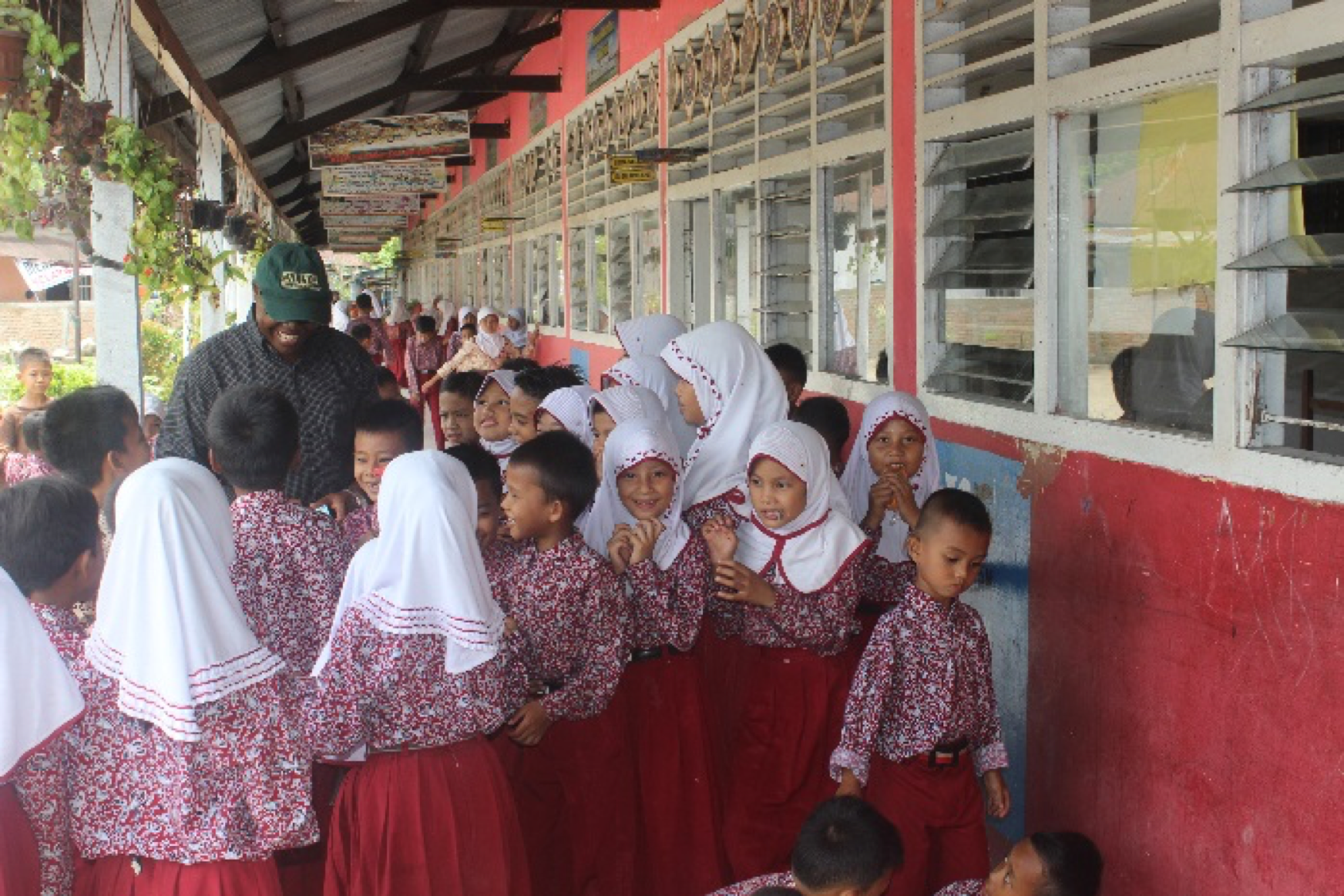

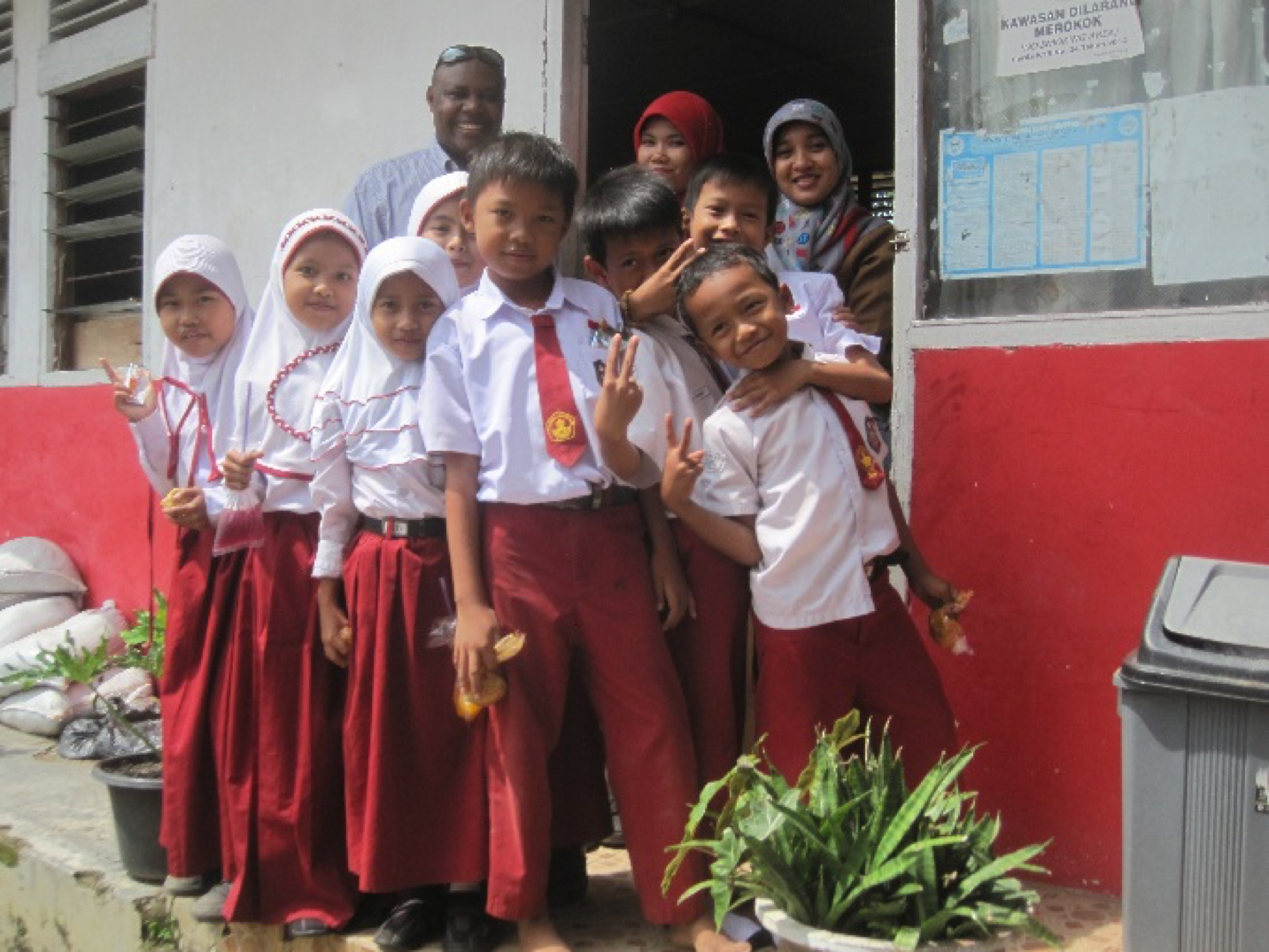
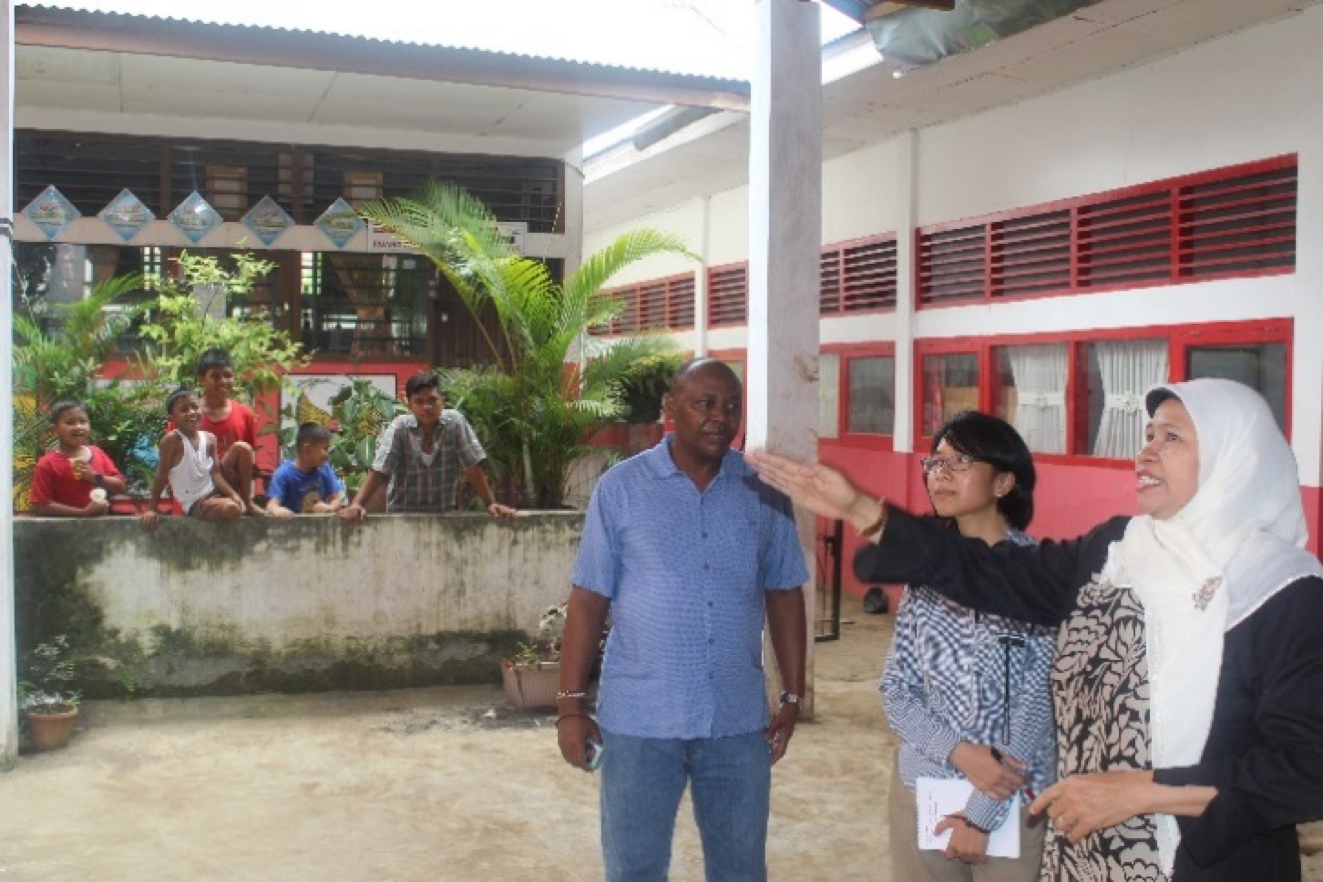
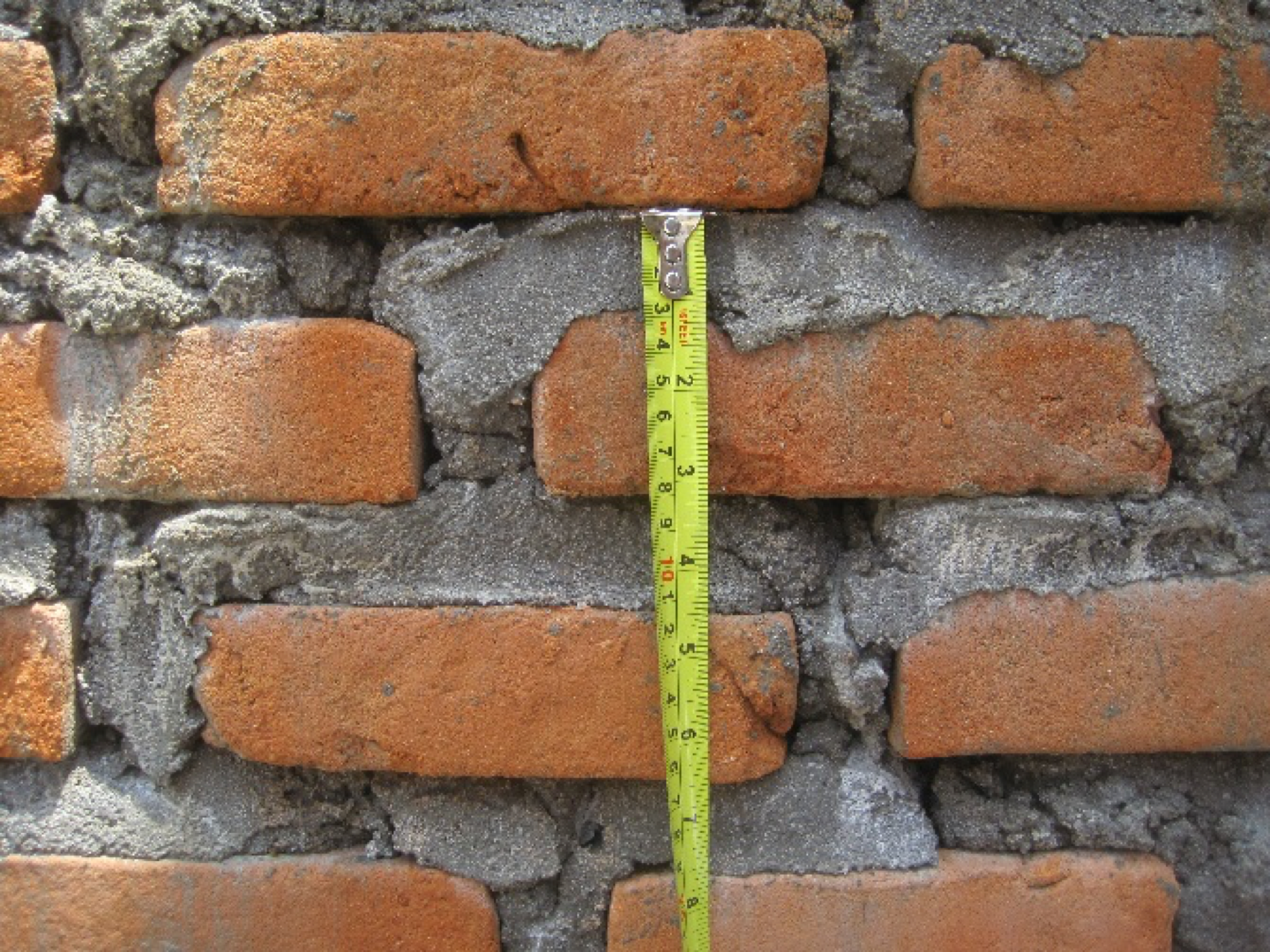
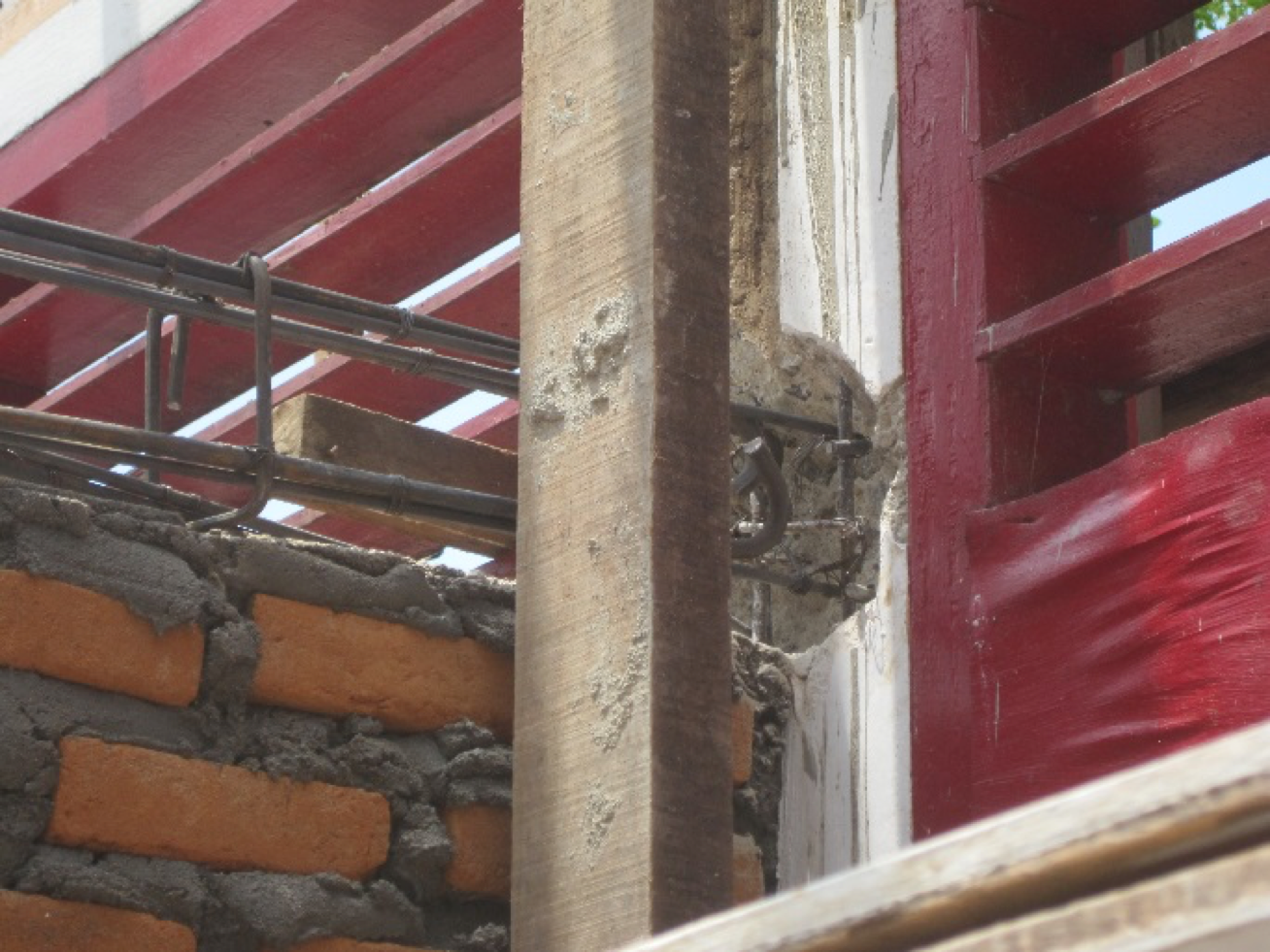
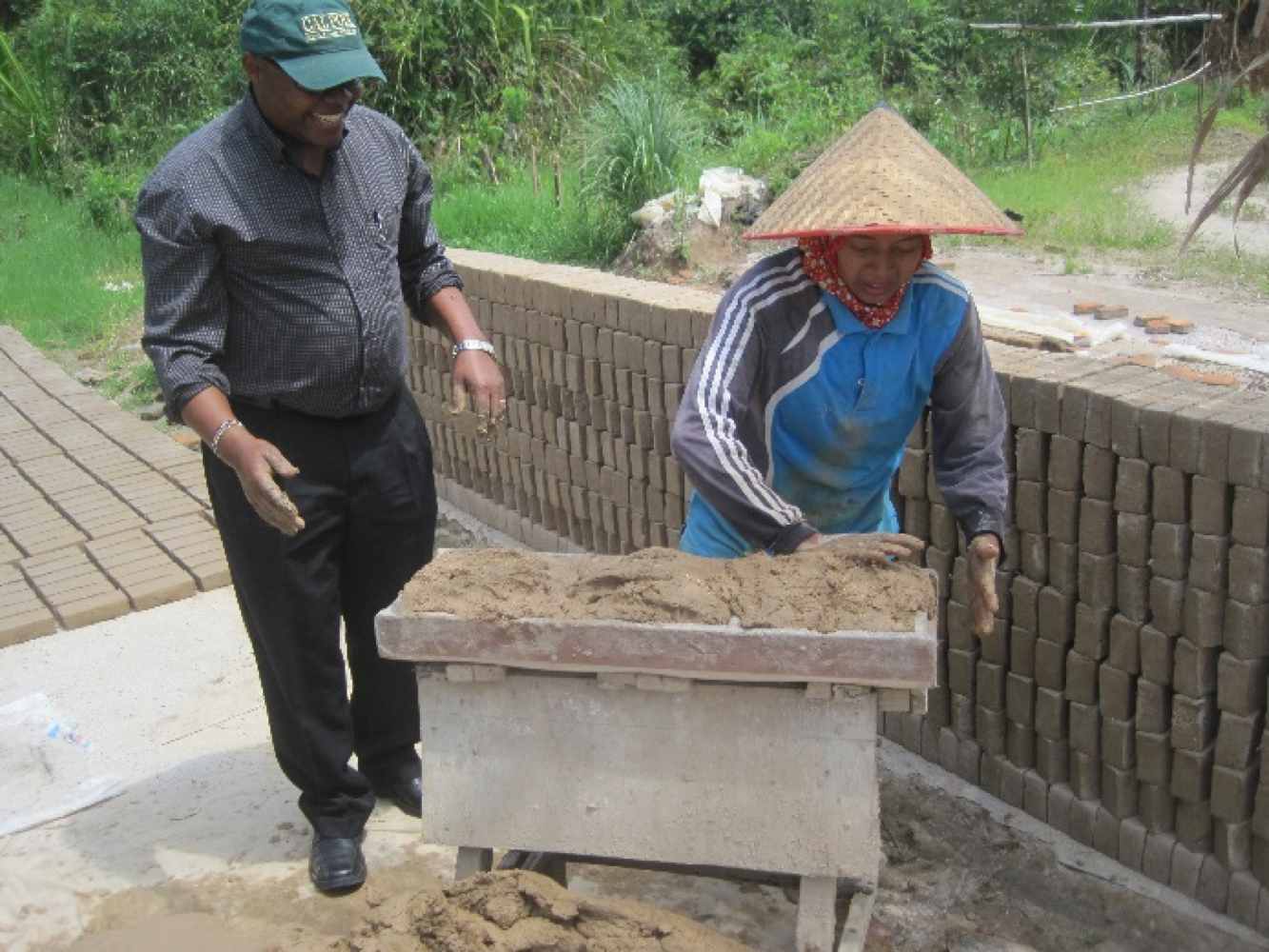
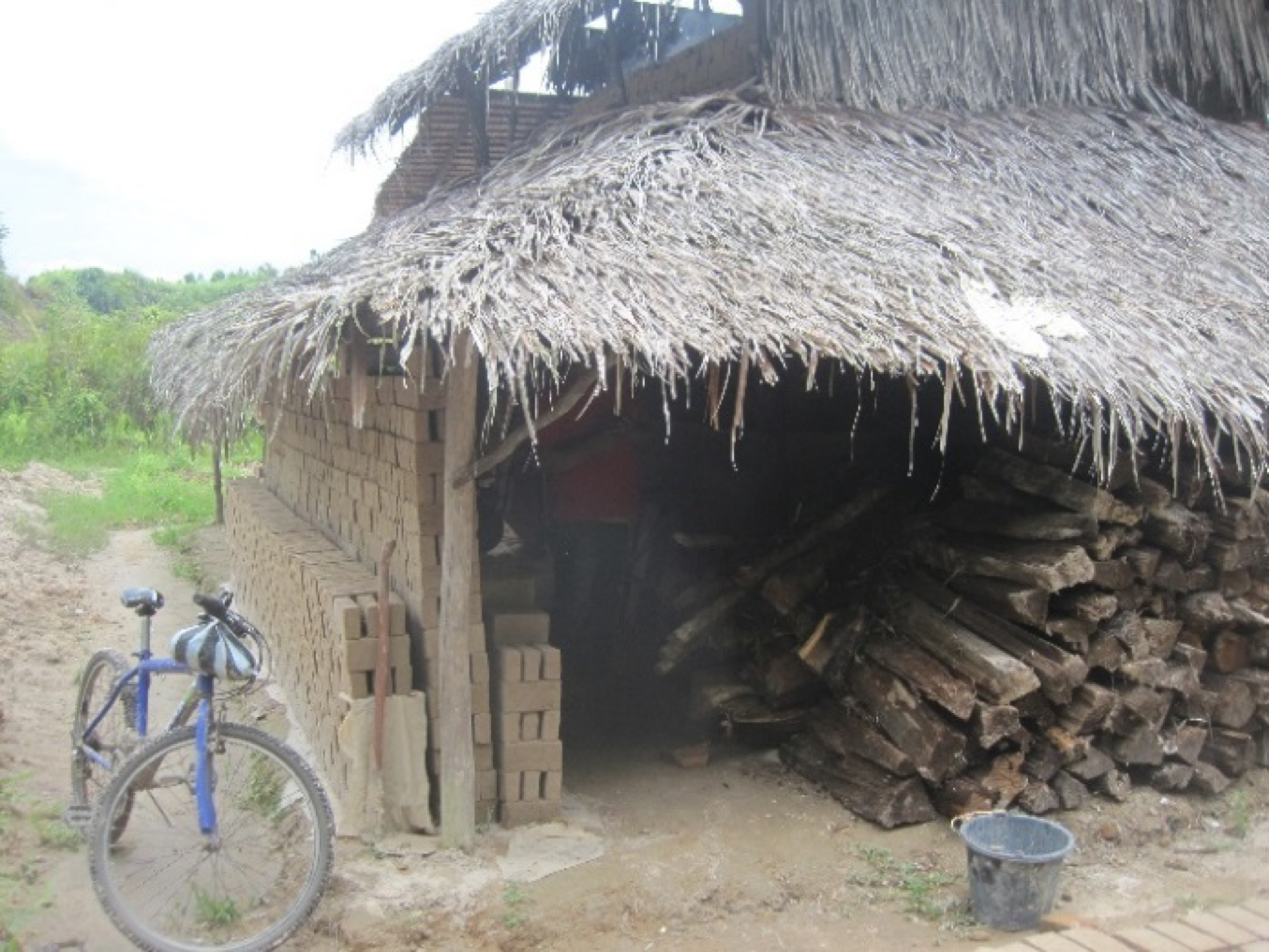
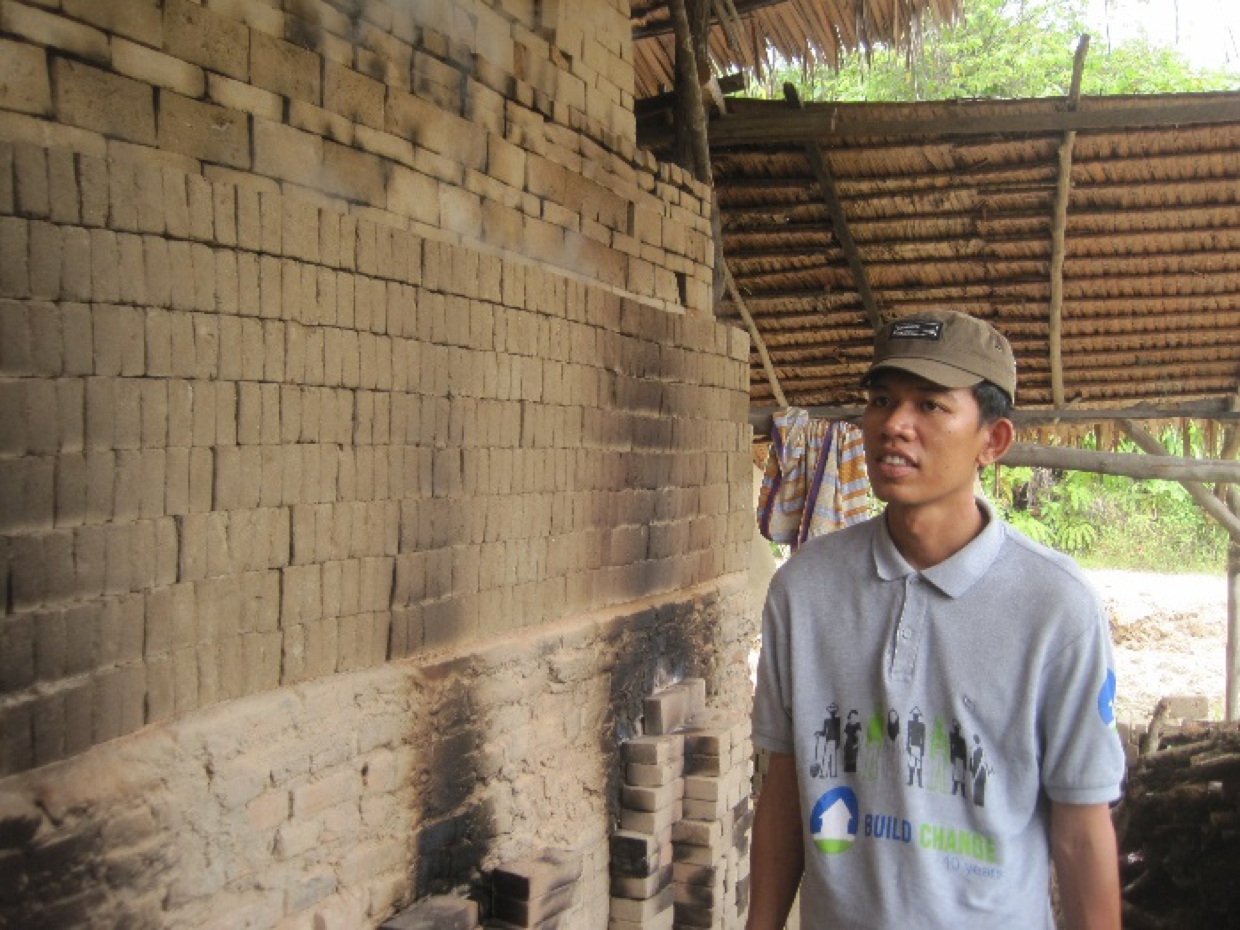
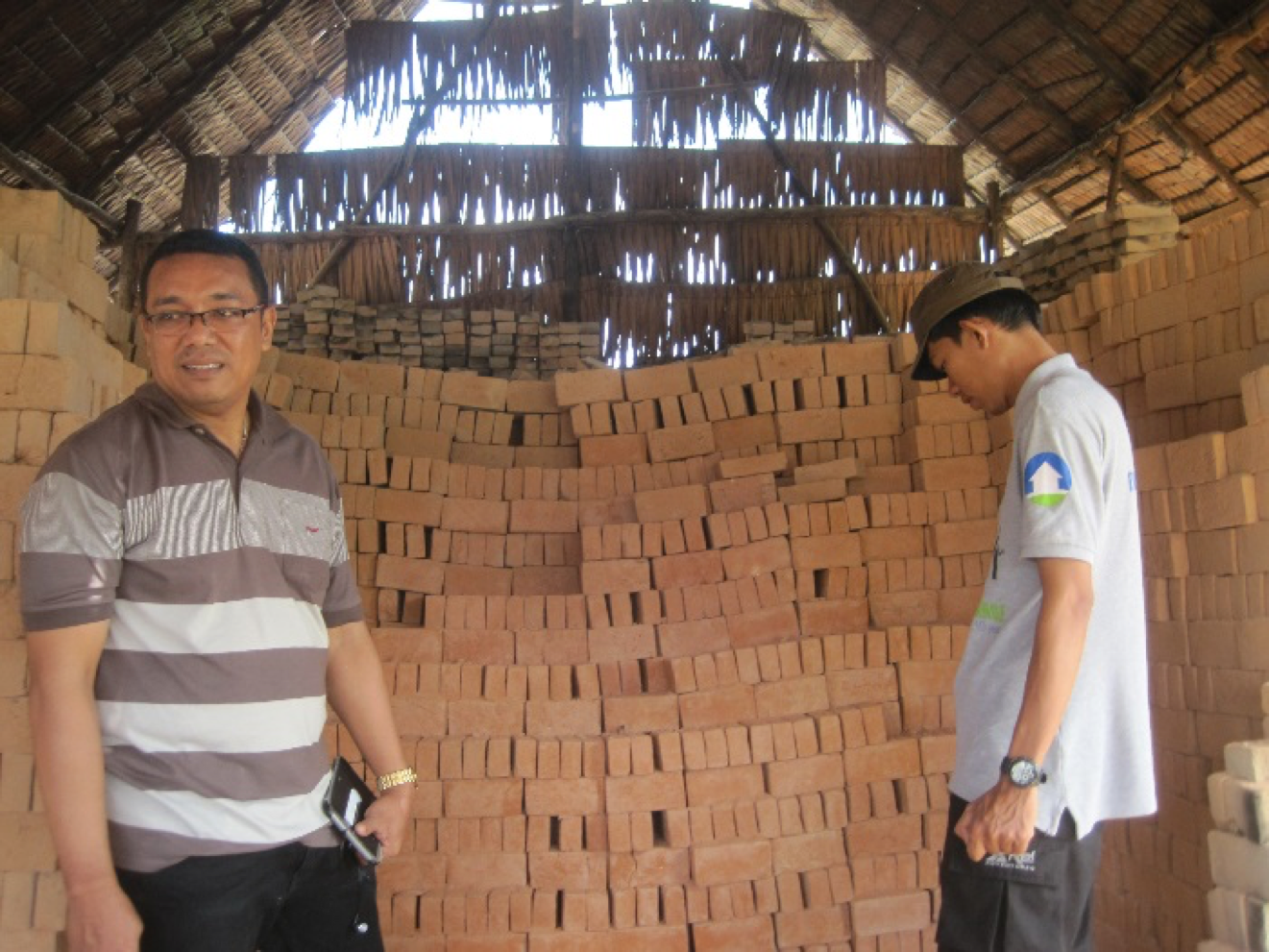
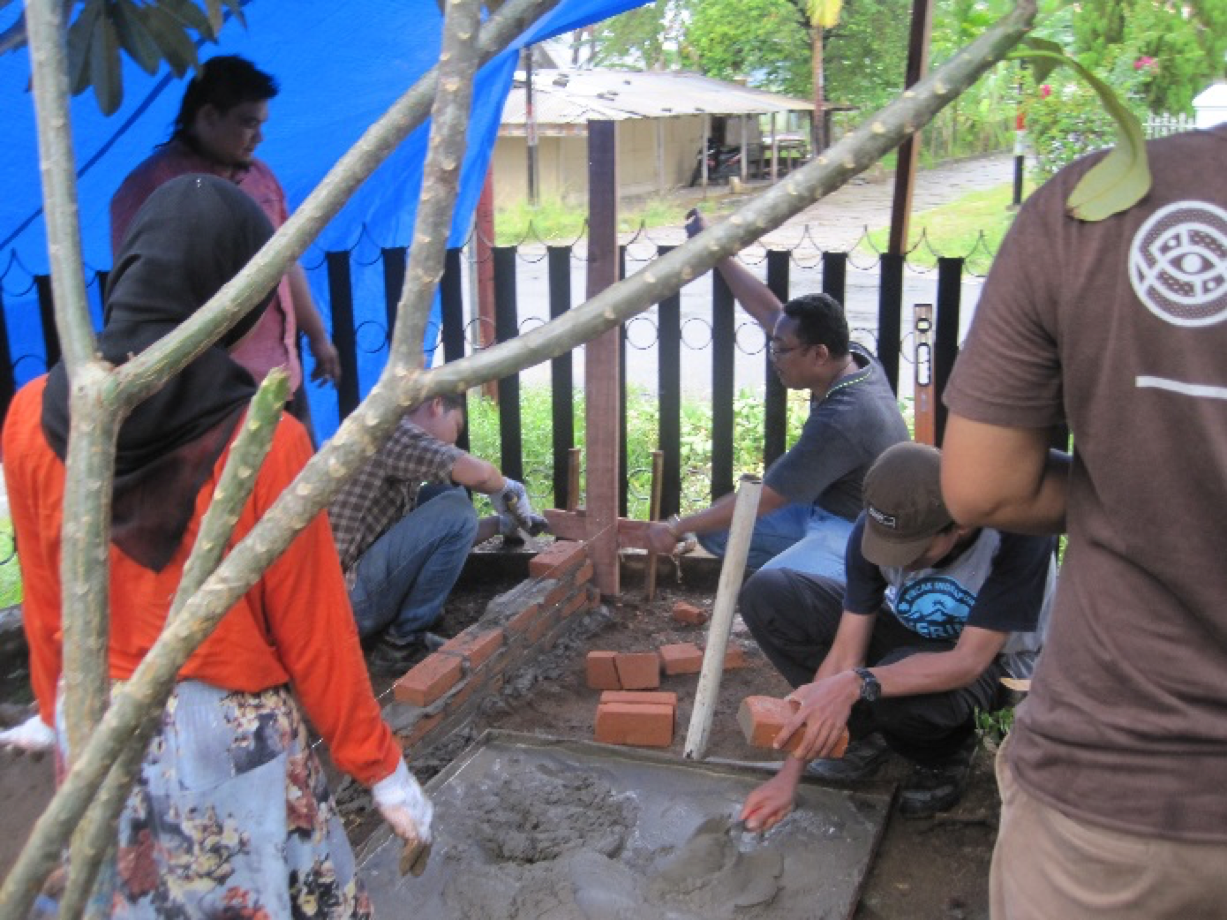
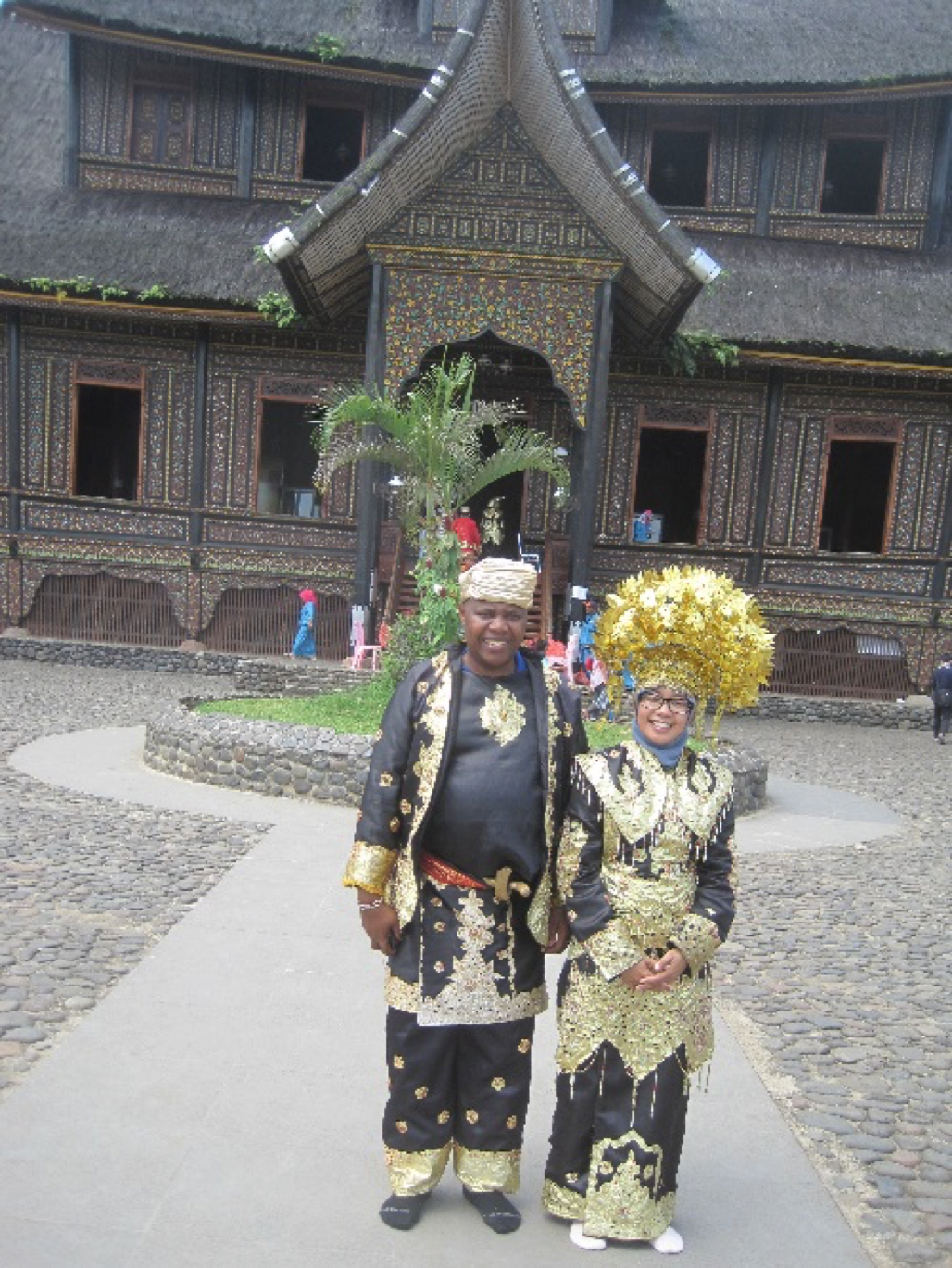
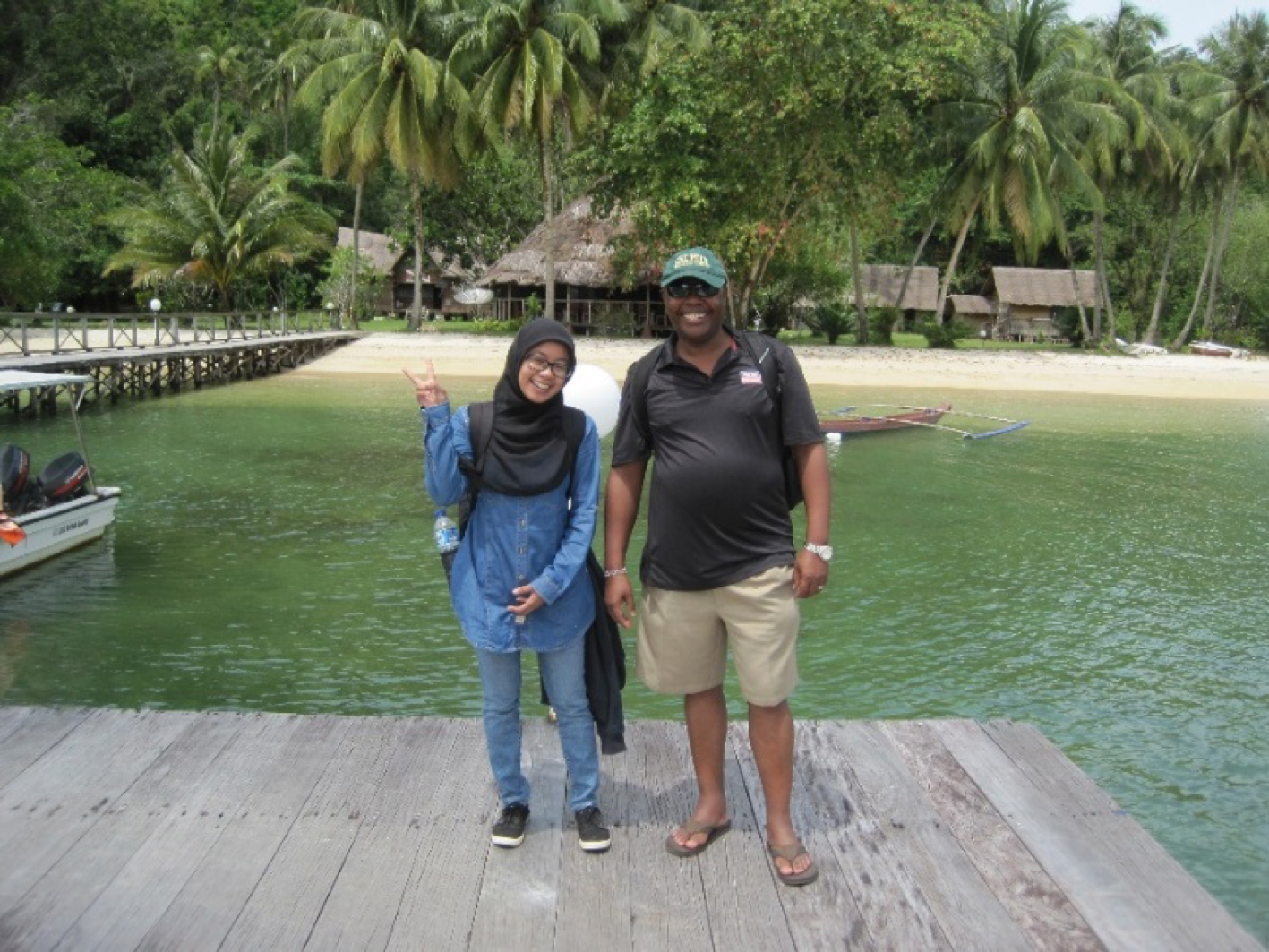
My second country and current assignment is Colombia. I arrived here in mid-October, having spent two weeks in California after Indonesia. I spent one week in Bogota, and now I am in Medellin, which is going to be my base for the next few months. The food here is not very different from what I get in my home town of Paso Robles, California. The climate in Medellin is pleasant and sightly warmer than in Bogota, which is at a much higher elevation. In both Bogota and Medellin, more than 80% of the respective city populations live in informal housing. These are homes built with low-quality materials, are not engineered and follow no building design or construction guidelines. The informal housing sector is mostly located in very steep mountain slopes and the homes are constructed over time, sometimes reaching four or five stories using unreinforced masonry clay tile blocks.
I have embarked on the following activities:
- Review and comment on Build Change’s Manual of Evaluation and Seismic Strengthening for Vulnerability Reduction in Housing. This manual has been approved by the building departments in Bogota and Medellin for evaluating existing informal housing and as a guide to retrofitting vulnerable buildings and reducing their damage in future earthquakes.
- Coordinate with three universities (two in Bogota and one in Medellin) on full-scale testing of the wall systems used in the informal housing in order to get correct design parameters to use in the Build Change manual update. The walls will be tested for in-plane and out-of-plane (shake table) load conditions. Different wall conditions such as plaster on one or both sides, plaster with wire mesh on one or both sides, etc., will also be tested. Nonlinear building analysis will be carried out using results from the tests in order to access the effectiveness of incremental retrofit schemes such as only adding a ring beam, only providing plaster on one side, etc.
- Help with the training of building professionals (civil engineers, architects, project managers) from the Medellin Social Institute for Housing and Habitat (ISVIMED) on how to implement the Build Change Manual both in the classroom and in the field as a form of capacity building in the two cities.
The work has started, and it keeps us very busy. But I have also had a chance to get out of the city and scale all 747 steps of the 650-foot-tall Piedra del Peñol, “Rock,” in Guatapé, located 50 miles east of Medellin.
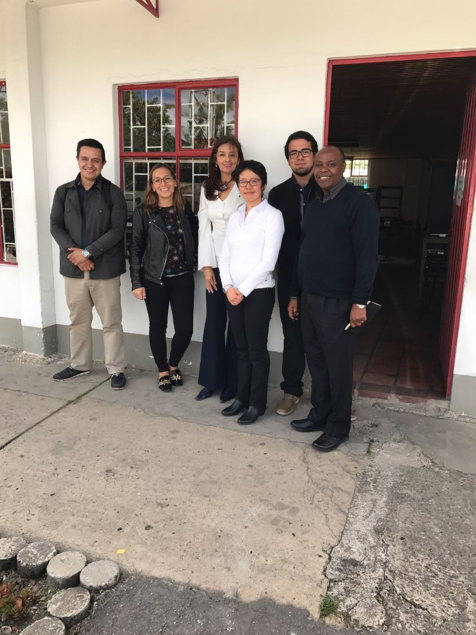
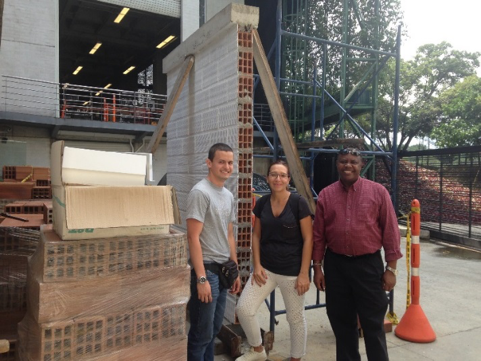
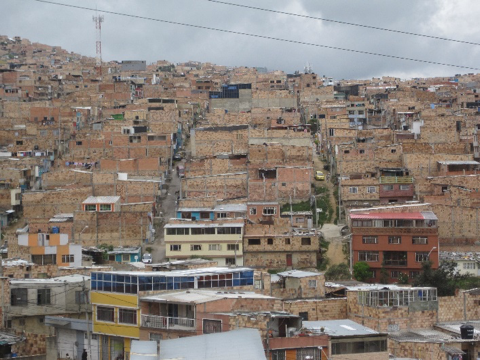
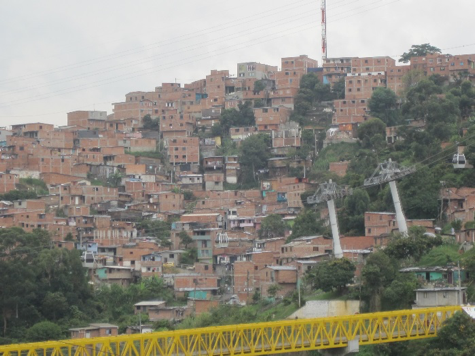
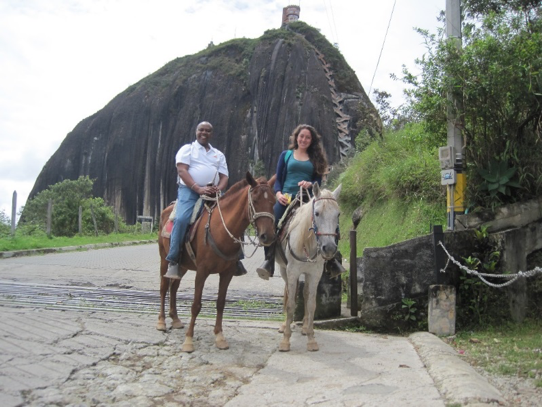
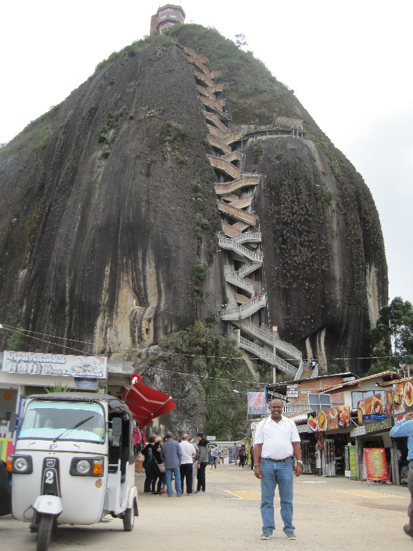
If you’re curious, don’t hesitate to contact me at james@buildchange.org before my Fellowship year ends to find out what part of the world I’m in at the time.

